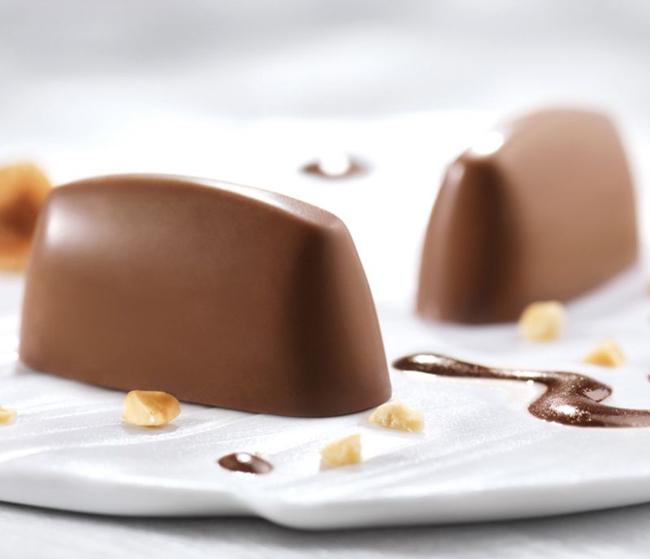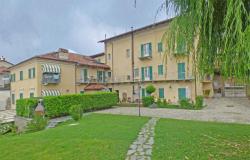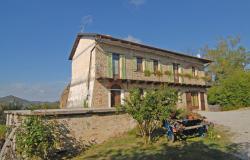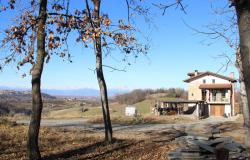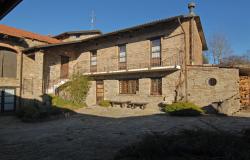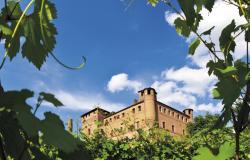Of all Italian chocolates, Gianduiotto is my absolute second favorite (it’s not the first just because I’m partial to Cremino Fiat, which is made in my hometown of Bologna – but I will write about that in another piece for this Italian Delicacies series, which explores exquisite treats from different Italian regions).
Gianduiotto is closely associated with Piedmont and Turin, where it was invented in 1865 by Michele Prochet, who came up with the idea of completely grinding hazelnuts to a paste before adding them to a cocoa and sugar mix. Later, he perfected the recipe with Ernesto Alberto Caffarel, the owner of a chocolate-manufacturing company, Caffarel, which is still famous today for the production of Gianduiotti. Caffarel also gave Gianduiotto its famous upturned boat shape.
According to tradition, the idea of mixing hazelnut pieces to standard chocolate originated during Napoleon’s reign, when importing cocoa from South America was extremely expensive; therefore, local producers started incorporating bits of roasted hazelnuts, which are locally grown and easy to come by in Piedmont, to chocolate, to make the final product more affordable.
Gianduiotto is made from a unique combination of sugar, cocoa, cocoa butter and the hazelnut Tonda Gentile delle Langhe, a type of hazelnut with IGP status (PGI –Protected Geographical Indication), produced in the Langhe area of Piedmont.
Originally named “givù”, which in Piedmontese dialect translates as “small delicacy”, gianduiotto changed its name in 1867 following a Carnival celebration, during which an actor dressed as “Gianduja”, a mask in the Italian Commedia dell'Arte that represents the archetypal Piedmontese, started distributing the newly created chocolate to the crowd.
Gianduiotti are individually wrapped in a tinfoil cover, usually gold or silver colored.
